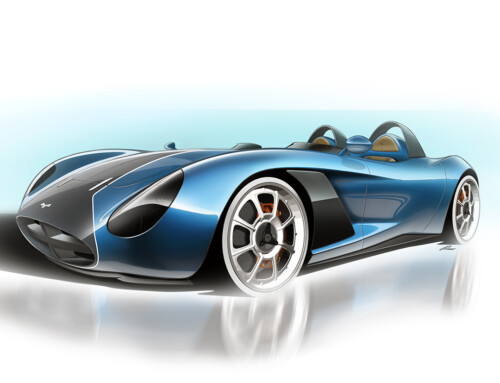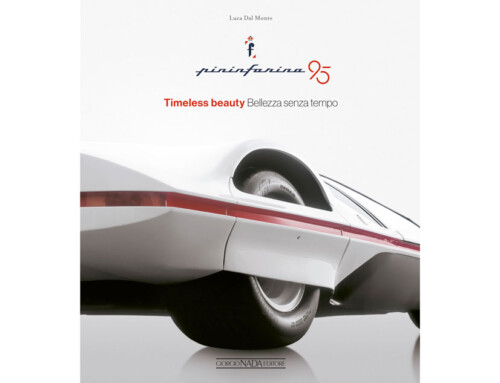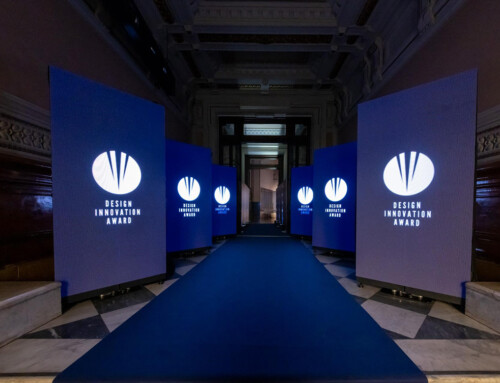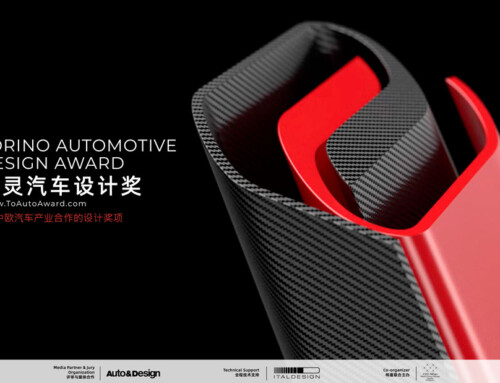In BASF’s European Color Report for Automotive OEM Coating, BASF’s Coatings division has presented the color distribution for 2015.
For example, the report shows that there are distinct differences between the individual automotive segments with respect to color. The smaller the car, the wider the color range, while larger cars more frequently feature special effects.
Throughout Europe, white is the most frequent color used for automotive finishes. Since 2007, the percentage of white vehicles has risen continuously and now stands at 30%. Together with black, gray and silver, these “uncolorful” finishes account for over 75% of the colors used for new cars. While the use of this color range has remained steady in recent years, considerable changes have evolved among the chromatic colors. In this area, blue stands out as the most popular color on Europe’s roads, and this is true for all types of cars. Red and brown are also frequently represented, with brown especially popular for SUVs and red for small and mid-sized cars.
But colors aren’t the only way people express themselves; special effects offer another option. Achromatic colors such as black, silver and white in particular develop a completely individual color behavior through targeted special effects. The geometry of the body is visually enhanced and the colors take on a new effect, as Mark Gutjahr, head of Automotive OEM Color Design at BASF in Europe points out.











